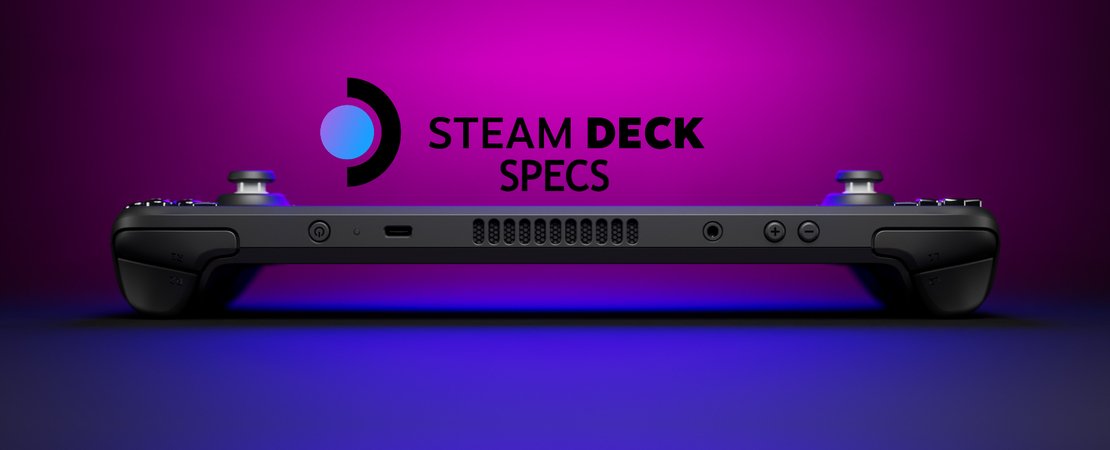Steam Deck is a mobile gaming device developed by Valve, the company behind Steam. It is a state-of-the-art device that is suitable for both Steam Games and other applications such as movies and music. It offers a variety of features and specifications that make it a truly impressive device.
Steam Deck Technical Specifications
Let's start with the technical specifications. Steam Deck is equipped with an AMD APU (Accelerated Processing Unit), consisting of a Zen 2 4c/8t CPU, which reaches speeds of 2.4-3.5GHz and delivers up to 448 GFlops FP32. It also has a GPU with 8 RDNA 2 CUs, which reaches speeds of 1.0-1.6GHz and delivers up to 1.6 TFlops FP32. The APU power consumption is 4-15W.
Steam Deck also has 16 GB LPDDR5 On-Board RAM (5500 MT/s quad 32-bit channels). There are also various storage options available, including 64 GB eMMC (PCIe Gen 2 x1), 256 GB NVMe SSD (PCIe Gen 3 x4 or PCIe Gen 3 x2*) and 512 GB high-speed NVMe SSD (PCIe Gen 3 x4 or PCIe Gen 3 x2*). It is important to note that all models have a slot for 2230 m.2 modules that are not replaceable by the end user and also have a high-speed microSD card slot.
Steam Deck Controls and Input Devices
Let's move on to the controls and input devices. Steam Deck has a gamepad with A B X Y buttons, D-Pad, L & R analog triggers, L & R bumpers, View & Menu buttons and 4 assignable grip buttons. It also has two full analog sticks with capacitive touch and HD haptics. There are also two 32.5 mm square trackpads with haptic feedback that have 55% less latency compared to the Steam Controller and also support pressure-sensitivity for configurable click strength.
It also has a 6-axis IMU (Inertial Measurement Unit). Steam Deck also has a
What do all these technical abbreviations even mean? We've written up a list of explanations for each of the technical aspects of the Steam Deck.
- LPDDR5 On-Board RAM
LPDDR5 stands for Low Power Double Data Rate 5 and is the latest standard for RAM in mobile devices. It offers higher memory speeds and lower power consumption compared to older standards. The term "On-Board RAM" means that the RAM is installed directly on the device's mainboard and not as a separate expansion card. - eMMC
eMMC stands for embedded Multi Media Card and is a flash storage standard mainly used in mobile devices like smartphones and tablets. It offers faster performance and higher capacity compared to older eMCP standards. - NVMe SSD
NVMe stands for Non-Volatile Memory Express and is a protocol that speeds up communication between the computer and the internal storage. SSD stands for Solid State Drive and refers to a type of internal storage based on flash memory and containing no moving parts. An NVMe SSD therefore offers faster performance and higher capacity compared to older SATA SSDs. - m.2 modules
m.2 is a form factor for internal storage media such as SSDs and modems. m.2 modules are smaller and more flexible than older form factors such as mSATA and therefore offer more space savings and design flexibility. - microSD card slot
A microSD card slot is a slot into which a microSD card can be inserted to provide additional storage space for the device. - HD Haptics
HD Haptics refers to a type of haptic feedback that offers higher quality and precision compared to older technologies. - 6-Axis IMU
A 6-Axis IMU is an inertial sensor module that detects the device's movements and inclinations in six different directions (three axes for acceleration and three axes for angular velocity).
